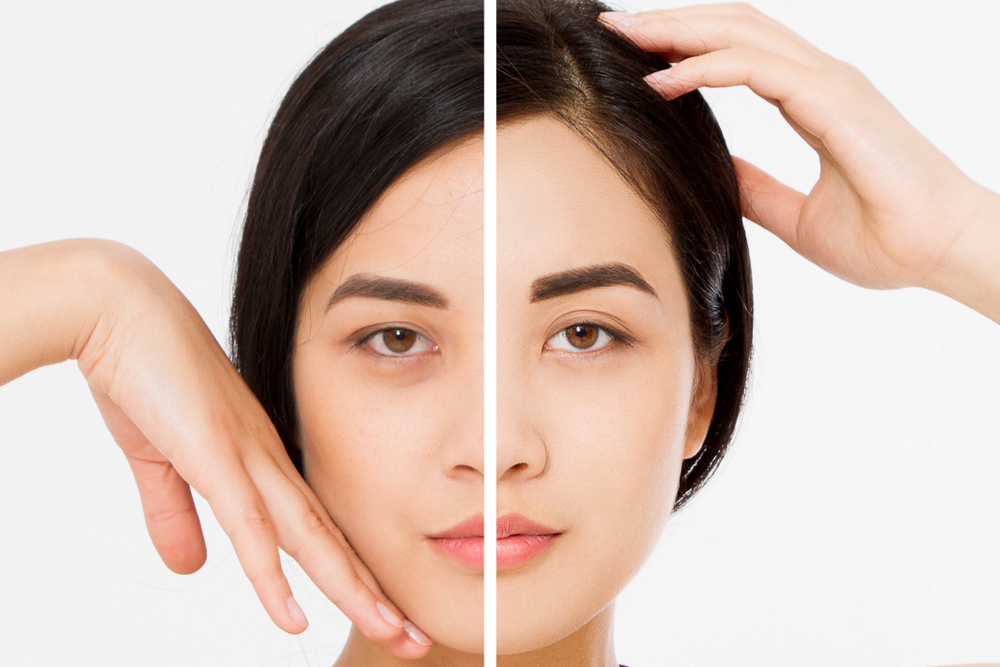For many people, using natural cosmetic and personal care products is essential. This trend has become even more important in recent years. 
A 2018 in-house study by Sephora, a Paris-based multinational chain of personal care and beauty stores, revealed that 54 percent of its shoppers stated they shopped at Sephora because of the company’s perceived approach to “clean” products.
According to a recent article in Massive Science, one particular trend among natural personal care items and cosmetics are those that claim to be “paraben-free.”
Parabens are a commonly used preservative in many cosmetic and personal care products. They prevent bacteria and other microbes from developing in cosmetic products and have been widely used since the 1950s.
While parabens occur naturally in some wines and juices, those used for cosmetics, personal care items and pharmaceuticals are manufactured in laboratories.
A late-1990s study revealed that parabens, despite their bacteria-fighting benefits, can act like estrogen hormones. Too much estrogen activity – natural or from parabens – increases the risk of breast cancer.
A 2004 study also showed that parabens could build up in the body over time in cancerous breast tissue. This study did not definitively link parabens to breast cancer as it did not analyze healthy breast tissue for the presence of parabens.
Studies of parabens have revealed very little new information since 2004, and reports are still conflicting about whether using these products has serious consequences.
While the jury is out on parabens, using products that incorporate natural ingredients or use the same elements that exist in the body is beneficial.
“In many cases, using naturally occurring products or the things that already are in the body means less chance of negative reaction, because these ingredients behave like the collagen and hyaluronic acid that occurs naturally,” said Dr. Mayli Davis, a Colleyville, Texas, ophthalmologist.
For example, dermal filler injections that contain elements like collagen, calcium and hyaluronic acid are received and processed by the body better than fillers made of silicone, Davis said.
“Some filler injections based on less natural ingredients such as silicone can leave patients looking ‘done,’ versus fillers made of more natural ingredients than make changes look more subtle,” she said.
Dermal fillers and other injectables with ingredients like collagen or hyaluronic acid typically are absorbed by the body over three months to two years.
“These types of fillers may require more upkeep than other types of fillers,” Davis said.
Dermal fillers are popular options for filling in fine lines, creases and wrinkles. They can also be used in areas that may have lost fat volume.
“The face can lose fat volume as part of the aging process,” Davis said.
Source: Massive Science. “Paraben-free” products aren’t safer than anything else. 2 July 2019.






